The Air Force Museum, attached to a Czech military base near Prague Airport, is one of Europe’s largest aviation museums, showcasing around 300 aircraft, primarily military. Perhaps because it’s not a major tourist spot, both the gate and the parking lot are small and inconspicuous. Managed by the military, admission is free — a welcome bonus.
Entering through a small side gate next to the closed main one, you’re suddenly on the grounds, where transport planes and passenger planes are lined up across a vast open space. Scattered around are small hangars, some wooden, some prefabricated. Stepping into the first little building (pardon the expression), you find an elderly lady seated at the entrance. She doesn’t speak much English, but seems to indicate you’re free to look around as you please.
The place is quiet, making it easy to take photos without distraction. In the gift shop — stacked high with rare Eastern European plastic models — the young woman behind the counter seems to have little to do, and when you strike up a conversation, she responds in fluent English.
The grounds are wide, and the various small exhibition halls are spread out, so you’ll end up walking quite a bit. The annex is nearly a kilometer away, on the other side of the road from the main gate, which must be tough for visitors on foot. If you’re planning a visit, I highly recommend renting a car.
In the annex, one highlight is the Aero L-159 — a versatile, independently developed aircraft that showcases the high level of Czech aviation technology. With its long nose, it looks even cooler than Japan’s T-4. I was blown away.
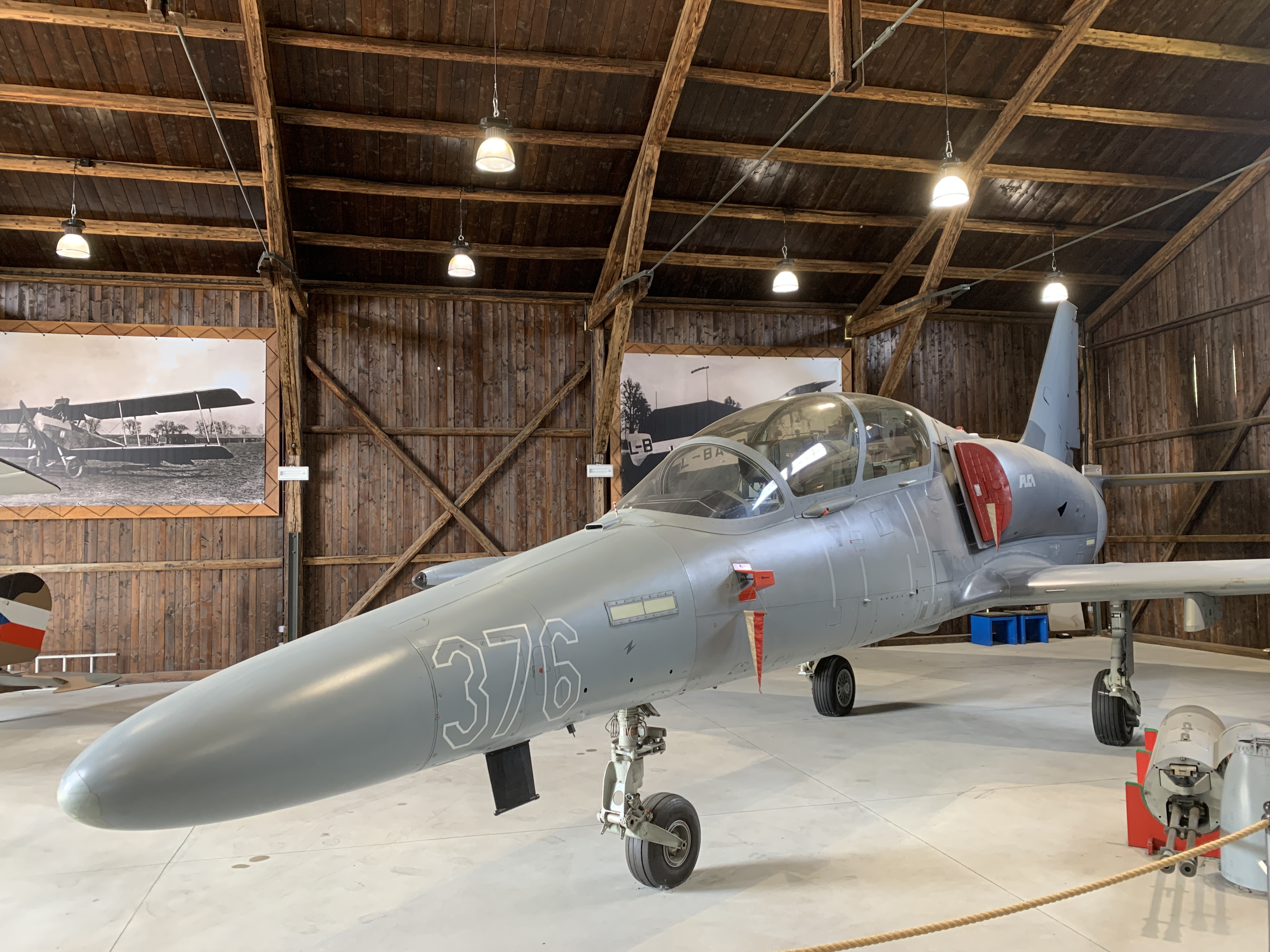
On the vast open grounds, transport planes and passenger jets are lined up, while scattered here and there are rather shabby prefab-like buildings. But inside those humble structures are tightly packed displays of rare and valuable aircraft. This one is the World War II hall. First up: the Lavochkin La-7 fighter. It has the feel of a Soviet-style Focke-Wulf.
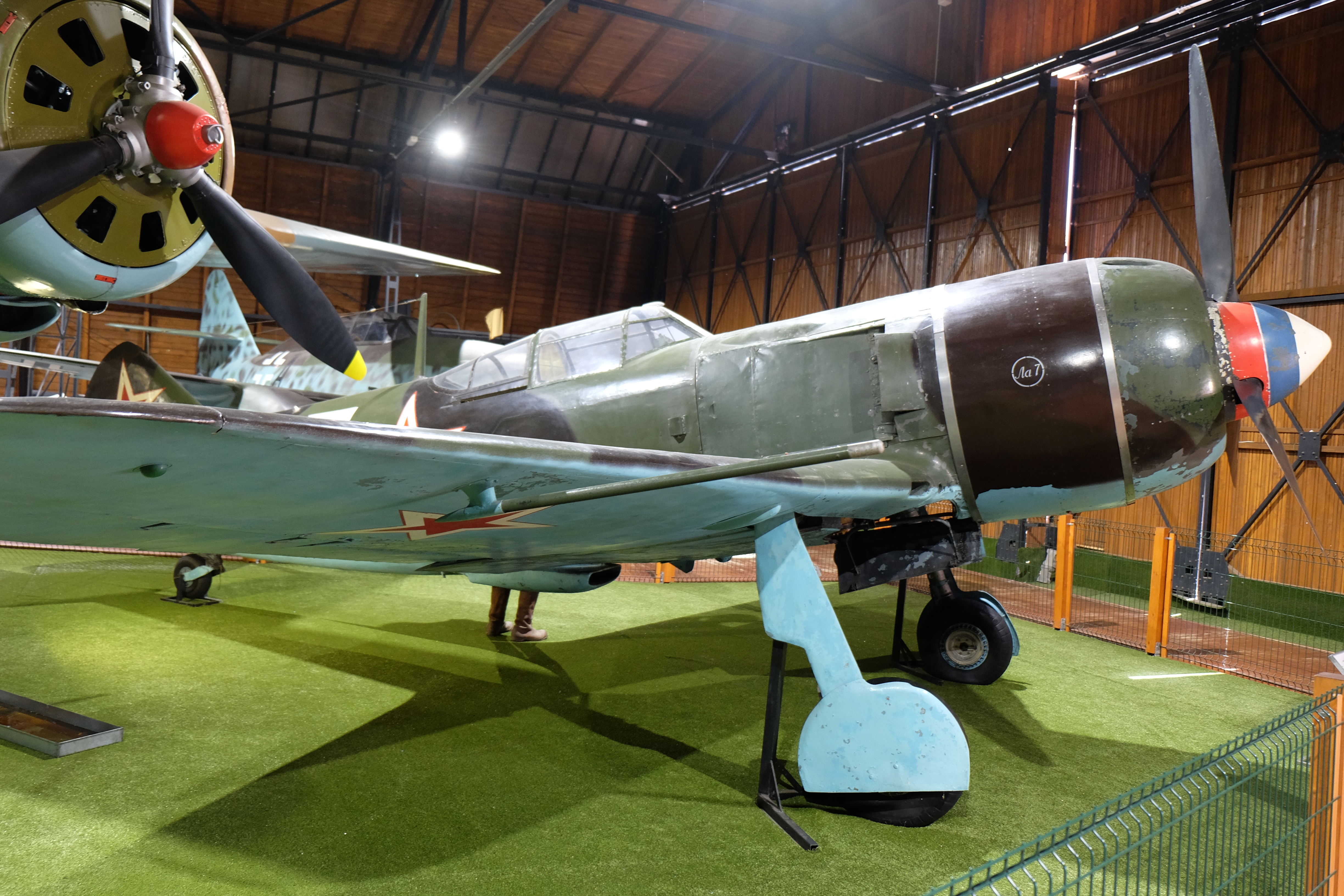
It’s often referred to as a “Sturmovik,” but that’s not actually the name of the aircraft — it’s a term for the entire category of ground-attack planes. This is the famously rugged IL-2m3. Surprisingly, the nose is rather sleek, but the fuselage has a solid, muscular look. And those landing gears — seriously chunky!

What on earth is this? A ground-based training aircraft — you could say it’s the ancestor of modern flight simulators.
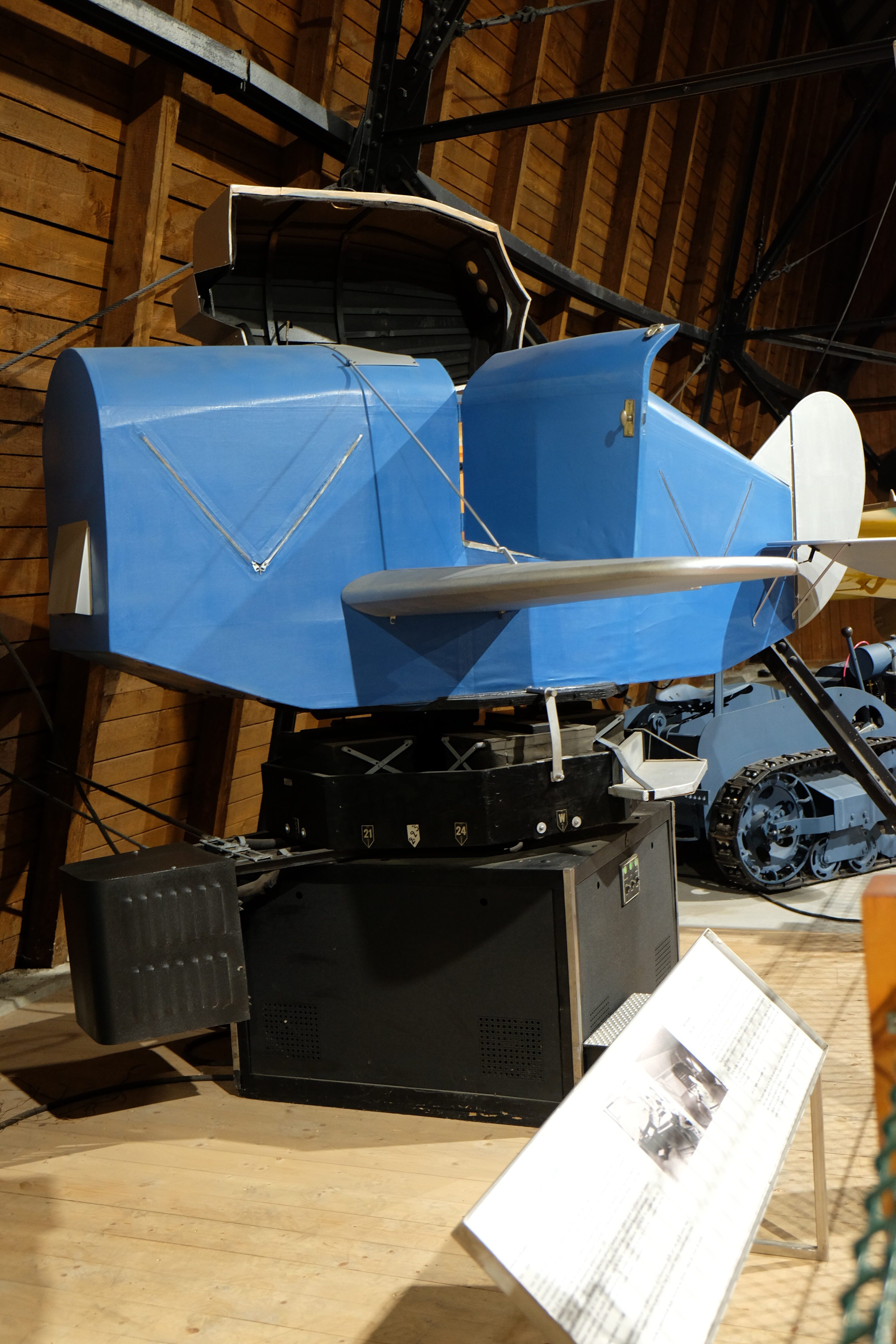
The PZL TS-11 Iskra — Poland’s first domestically developed jet trainer. Remarkably, even the turbojet engine was an entirely homegrown design from the start. Its first flight was in 1960, making it the same generation as Japan’s T-1, but in terms of looks — never mind performance — I’d say the Iskra wins hands down.
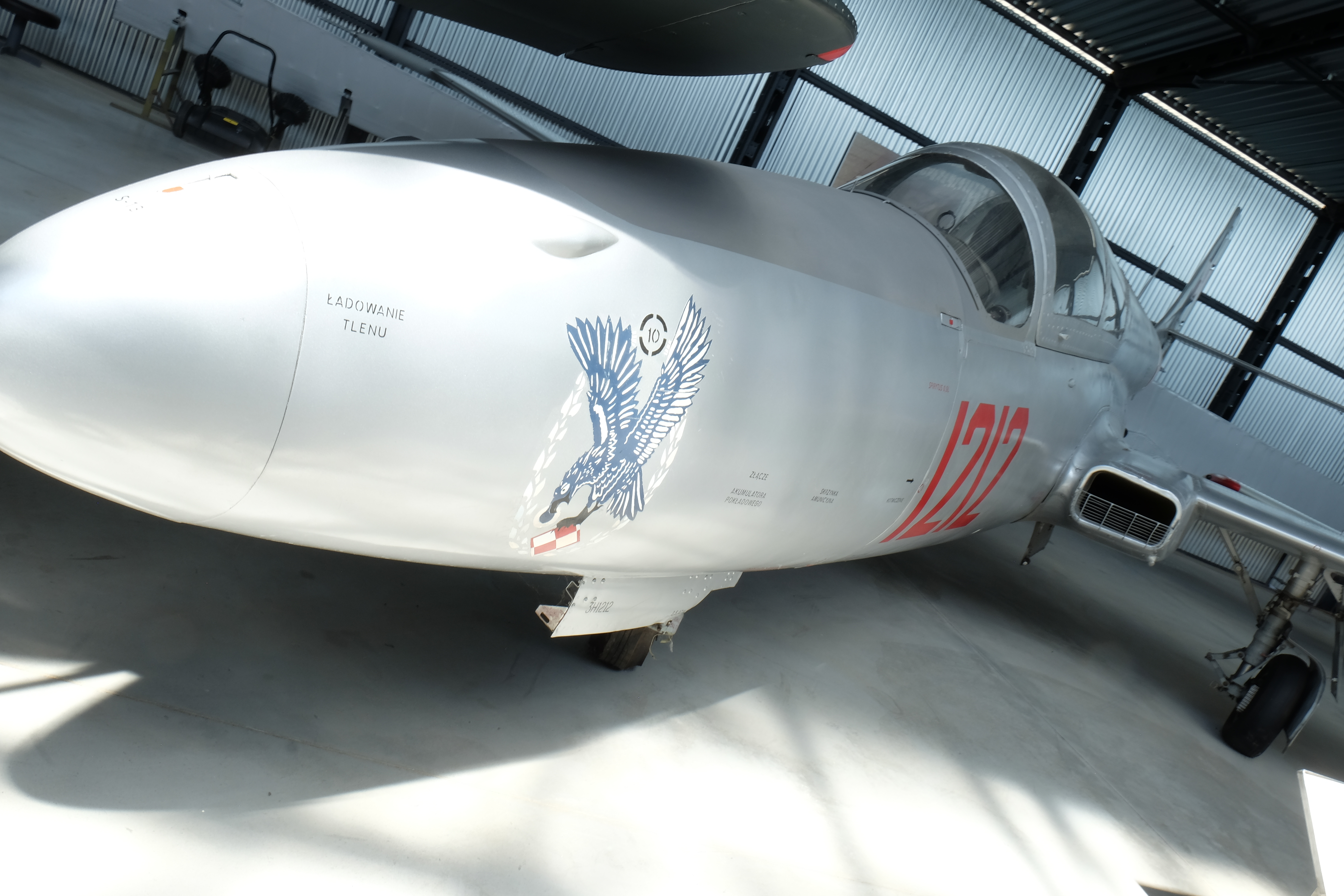
The main hangar — the bright interior is a pleasant surprise, but they’ve packed it so full it’s almost impossible to get a decent photo! Mostly post–World War II aircraft, displayed in a dense, layered arrangement with wings and fuselages overlapping each other.
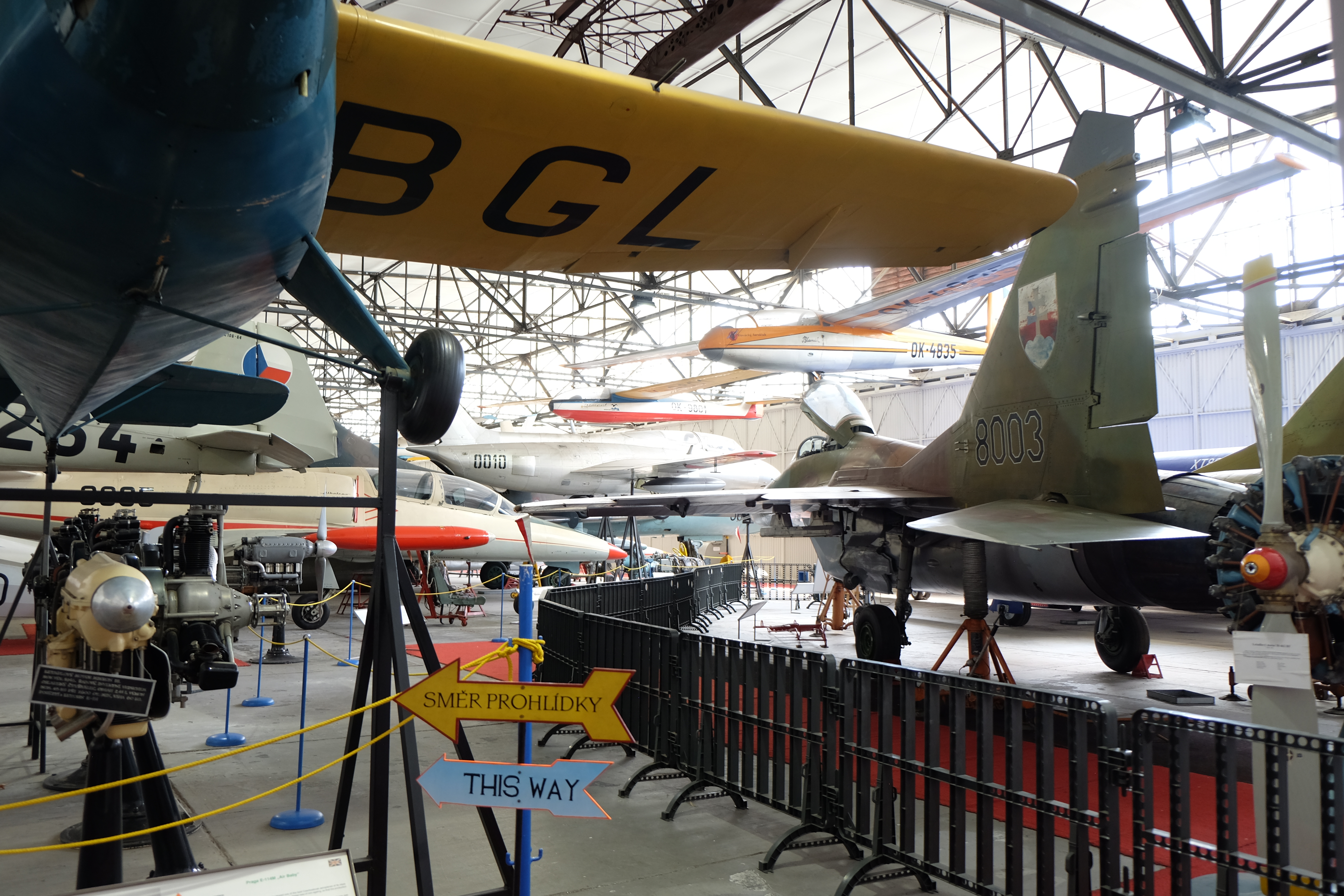
A prototype aircraft from Czech company Škoda. It’s full of bizarre, unconventional designs — a testament not only to their technical prowess, but also to the explosive ingenuity and daring spirit of the Czech engineers.
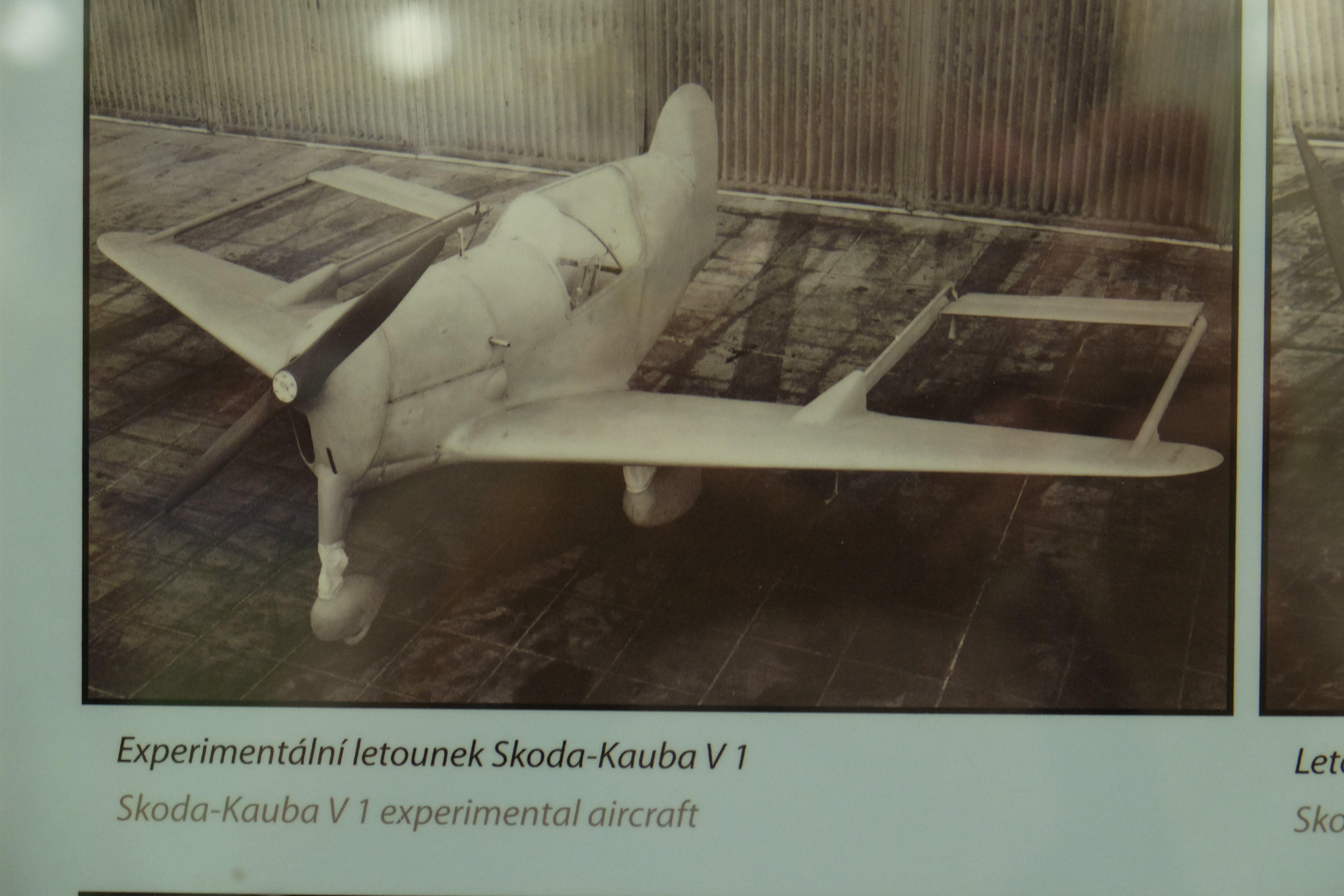
A Messerschmitt with a teardrop canopy? Not quite — this is the Avia S-199, a locally modified (or perhaps devolved?) version of the Bf 109 developed by Avia. After producing the Bf 109G, Avia lost access to the original DB 605 engines when the factory was destroyed, so they fitted the aircraft with the available Jumo 211 engines instead. That sounds reasonable enough — and the extended nose, the bulging cowling, and the prominent air intake all look pretty cool — but in reality, the engine was heavy, underpowered, and the result was a thoroughly underwhelming aircraft.
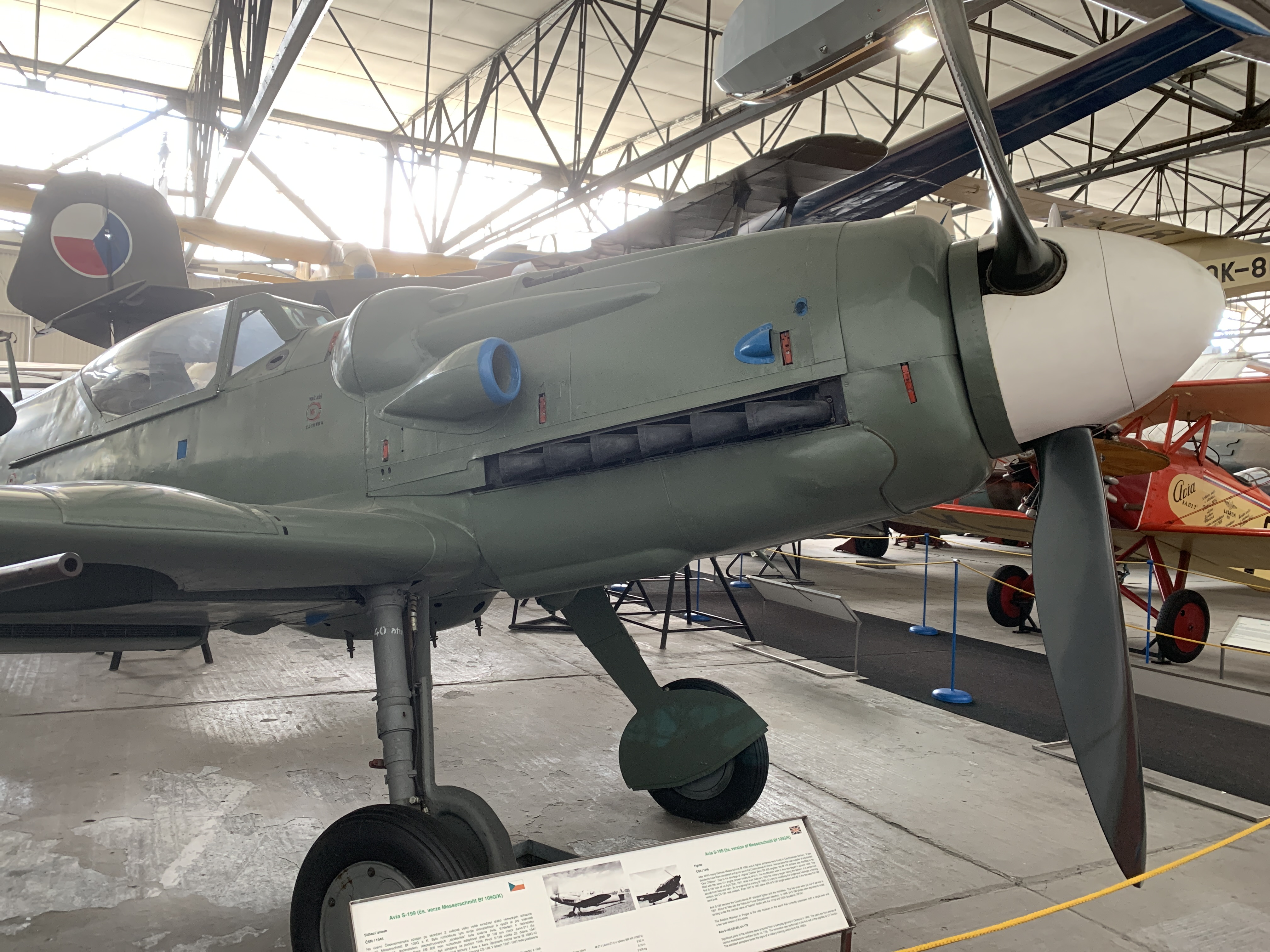
The kind of thing you strangely find everywhere — a Soyuz capsule that actually returned from space. You probably aren’t supposed to touch it… but nothing’s stopping you, so you end up giving it a good pat anyway.
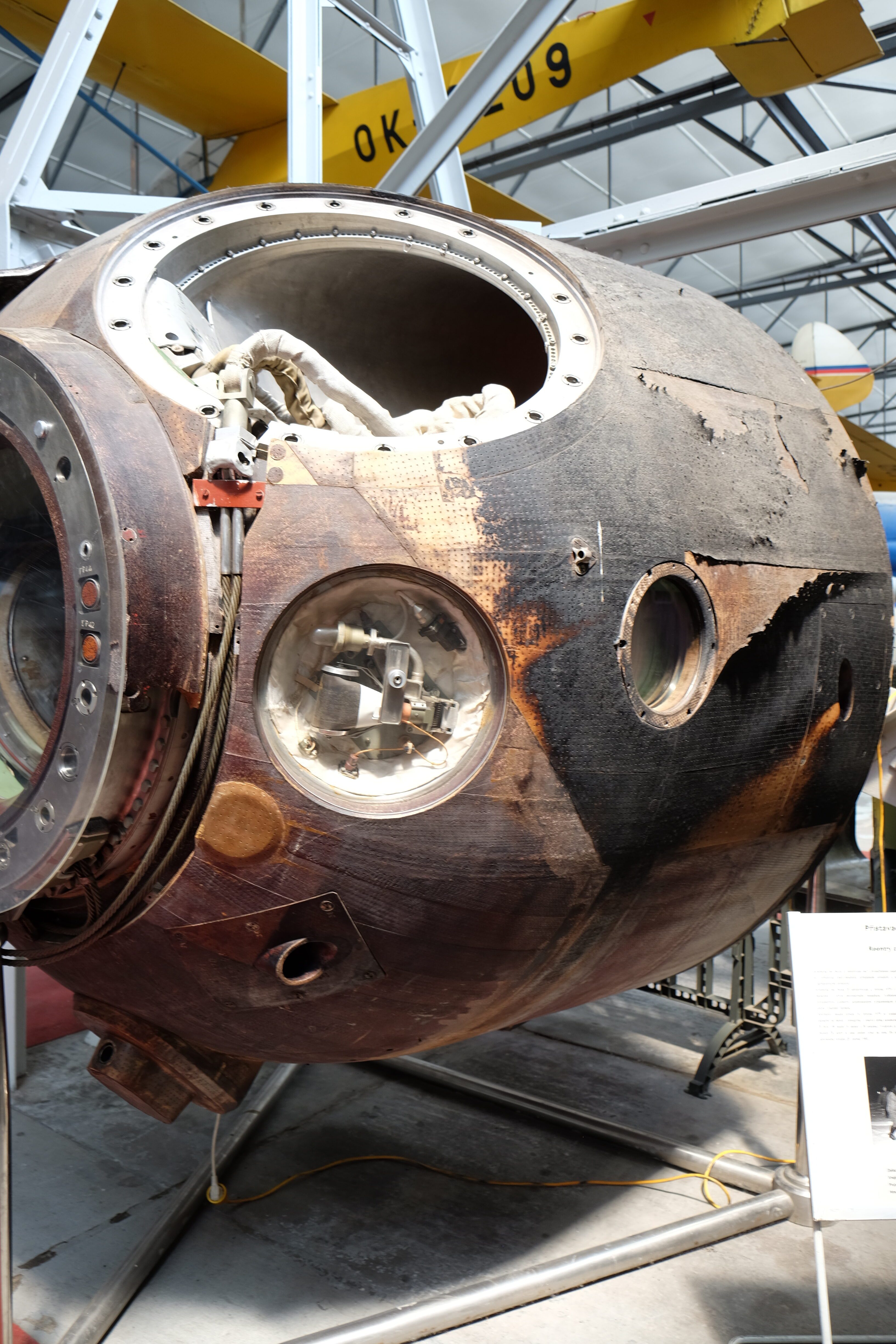
Up front is the sleek, sci-fi movie–style rocket-looking drone — the unmanned reconnaissance aircraft VR-3. The fact that something this cool existed back in the 1960s is just mind-blowing. Behind it, the ever-common Su-7BM, known as the Fitter.
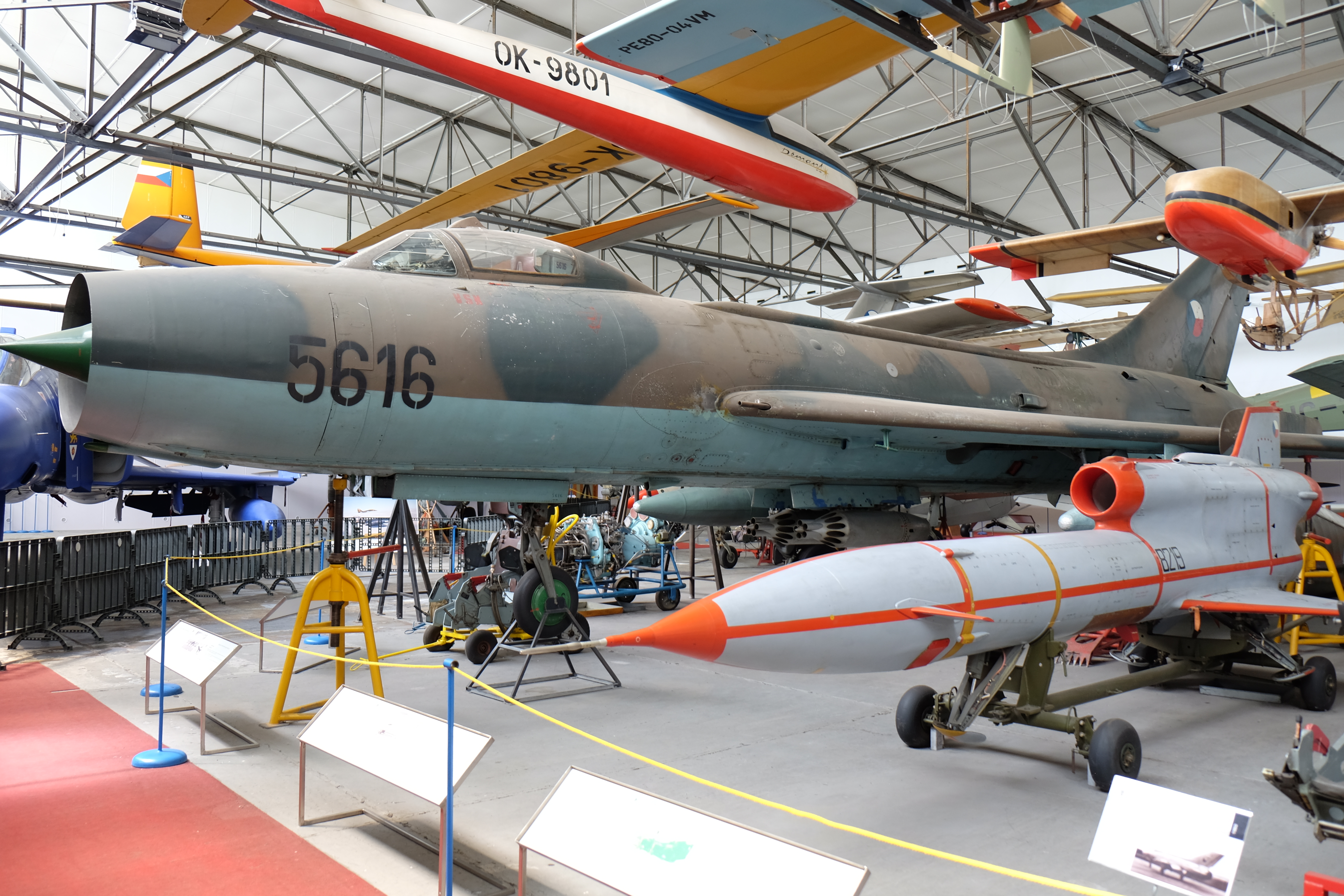
Out of nowhere stands a British Phantom FGR-2. Actually, during World War II, many Czech pilots escaped German-occupied Czechoslovakia to join the Allied forces, bravely fighting to defend British skies. This aircraft was donated to the Kbely Museum by No. 19 Squadron—the very unit they served in—as a token of gratitude. Makes perfect sense!
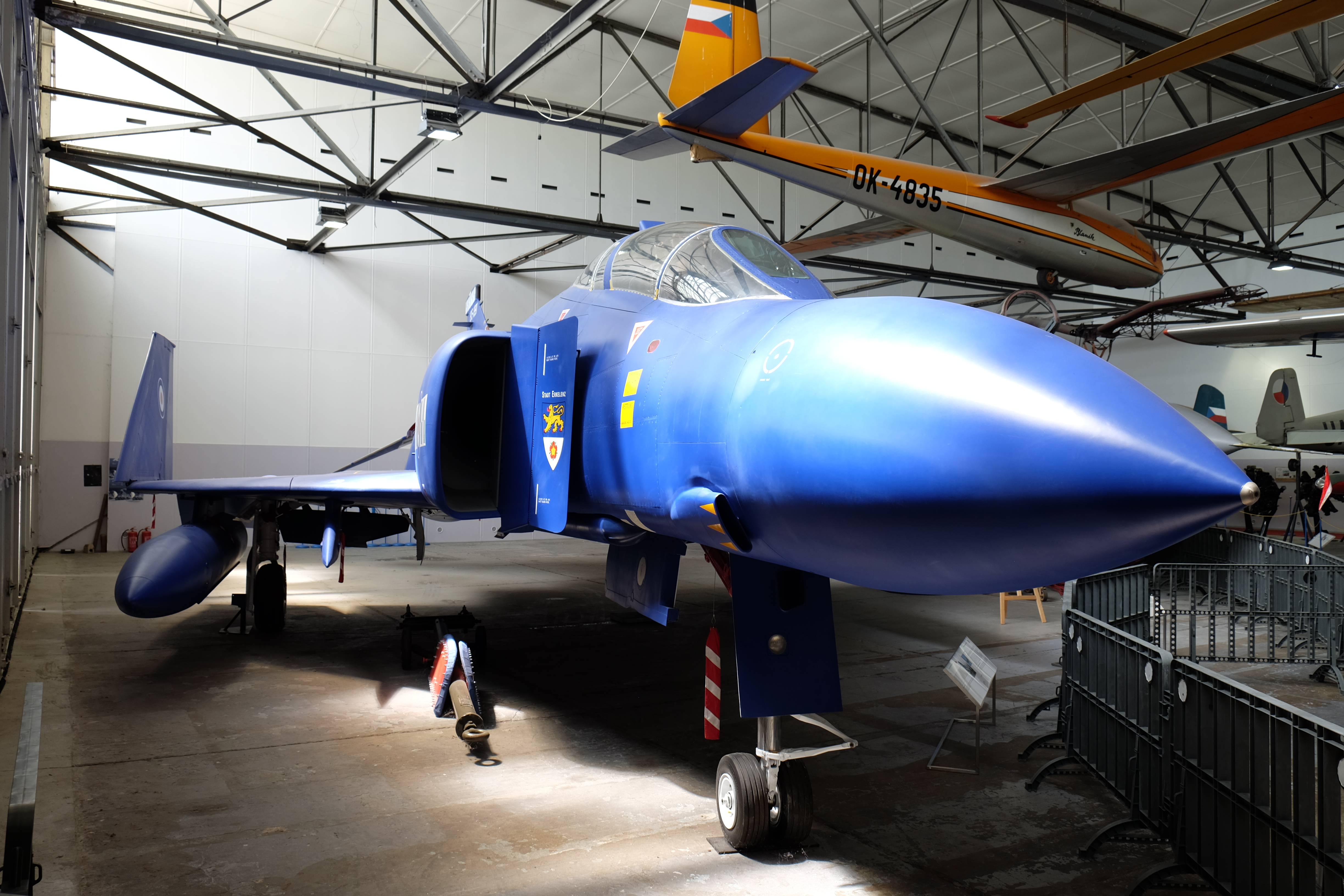
As you’d expect in Eastern Europe, early Soviet jets from the MiG-15 to MiG-21 — in every conceivable variant — are piled up everywhere in overwhelming numbers. But the MiG-29 is kept carefully inside a hangar, though that space is cramped and makes photography a real challenge.
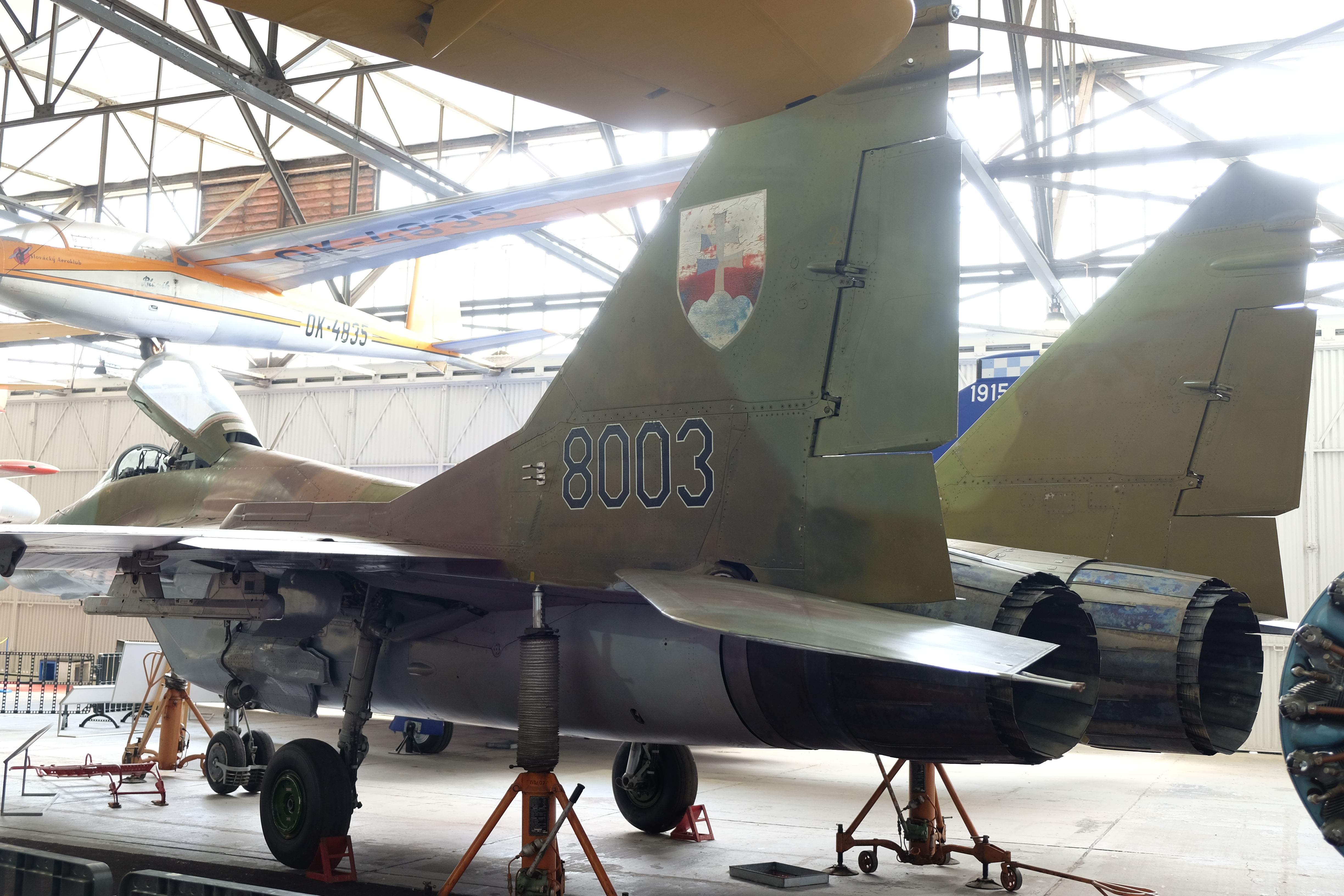
From the Mil-1 to the Mil-24D Hind, a long lineup of Soviet-made helicopters is displayed outdoors.
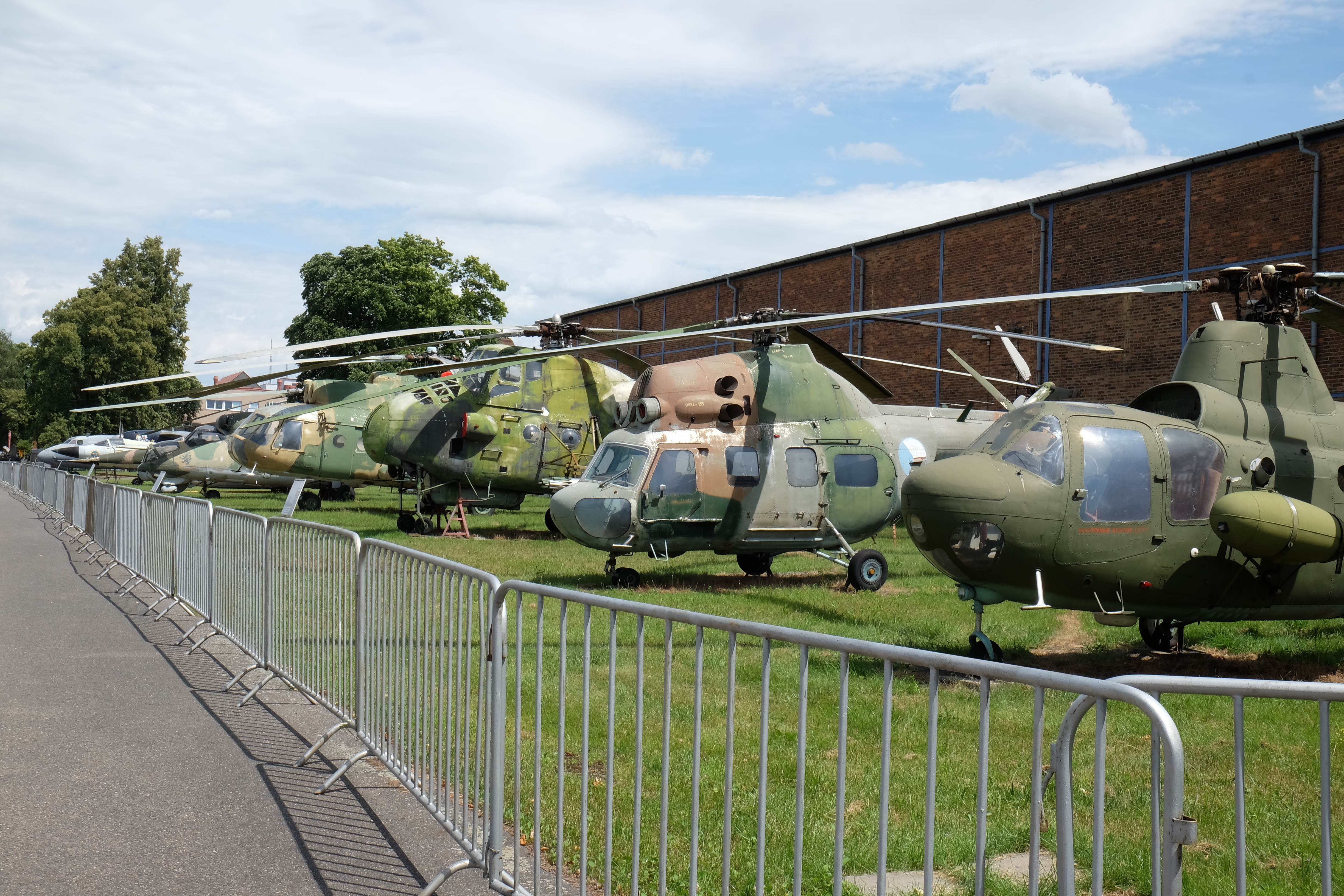
The Swedish Air Force’s Draken — originally a 1950s design, but this is the J-35J model, modernized and upgraded in the 1980s

Soviet-era transport aircraft are lined up on the grass. This one is the Antonov An-26.
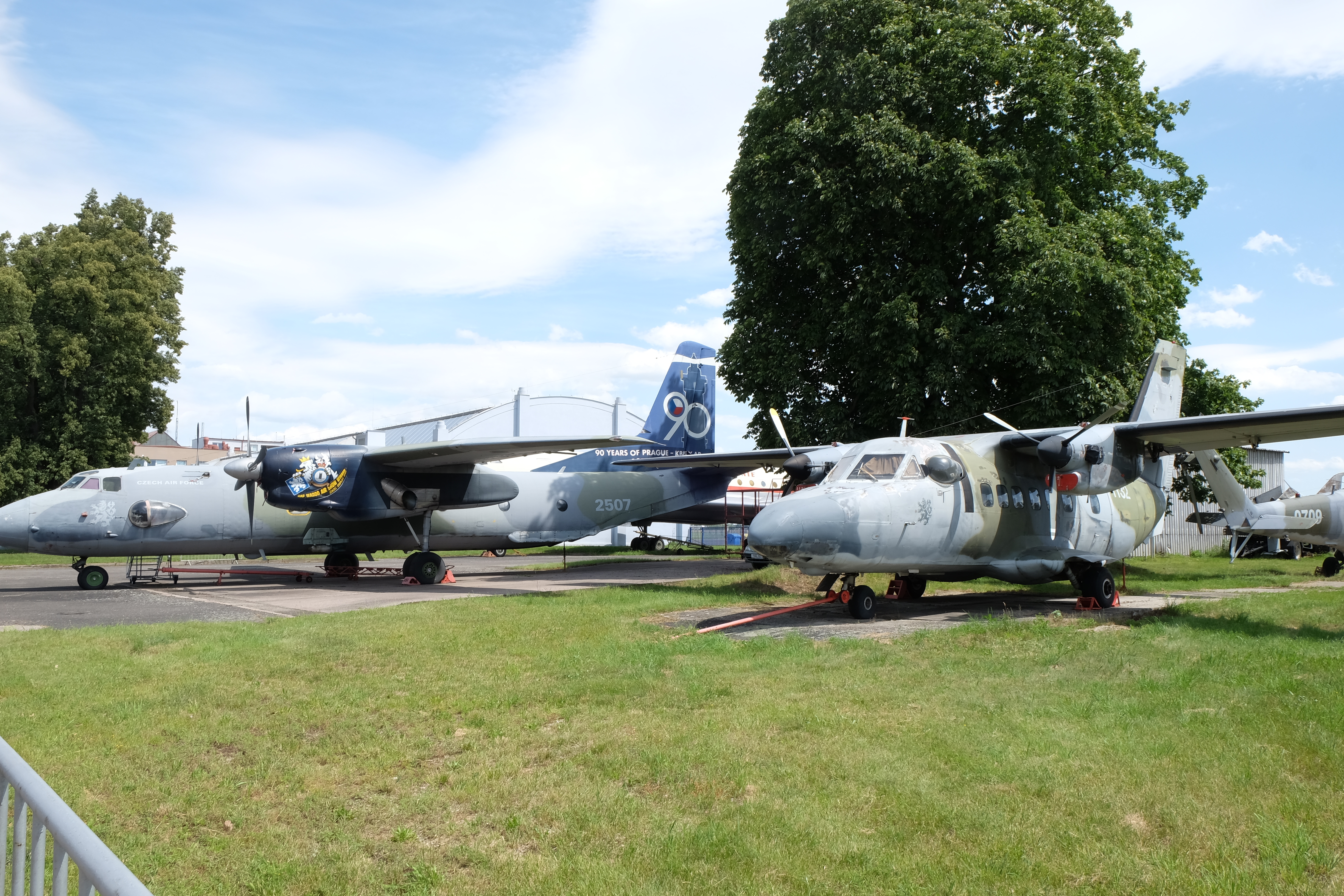
In the barracks just ahead are aircraft from before World War II, dating back to the 1920s and ’30s. Hanging from the ceiling is the tiny, stubby Mignet HM14, said to have been designed by a French amateur.
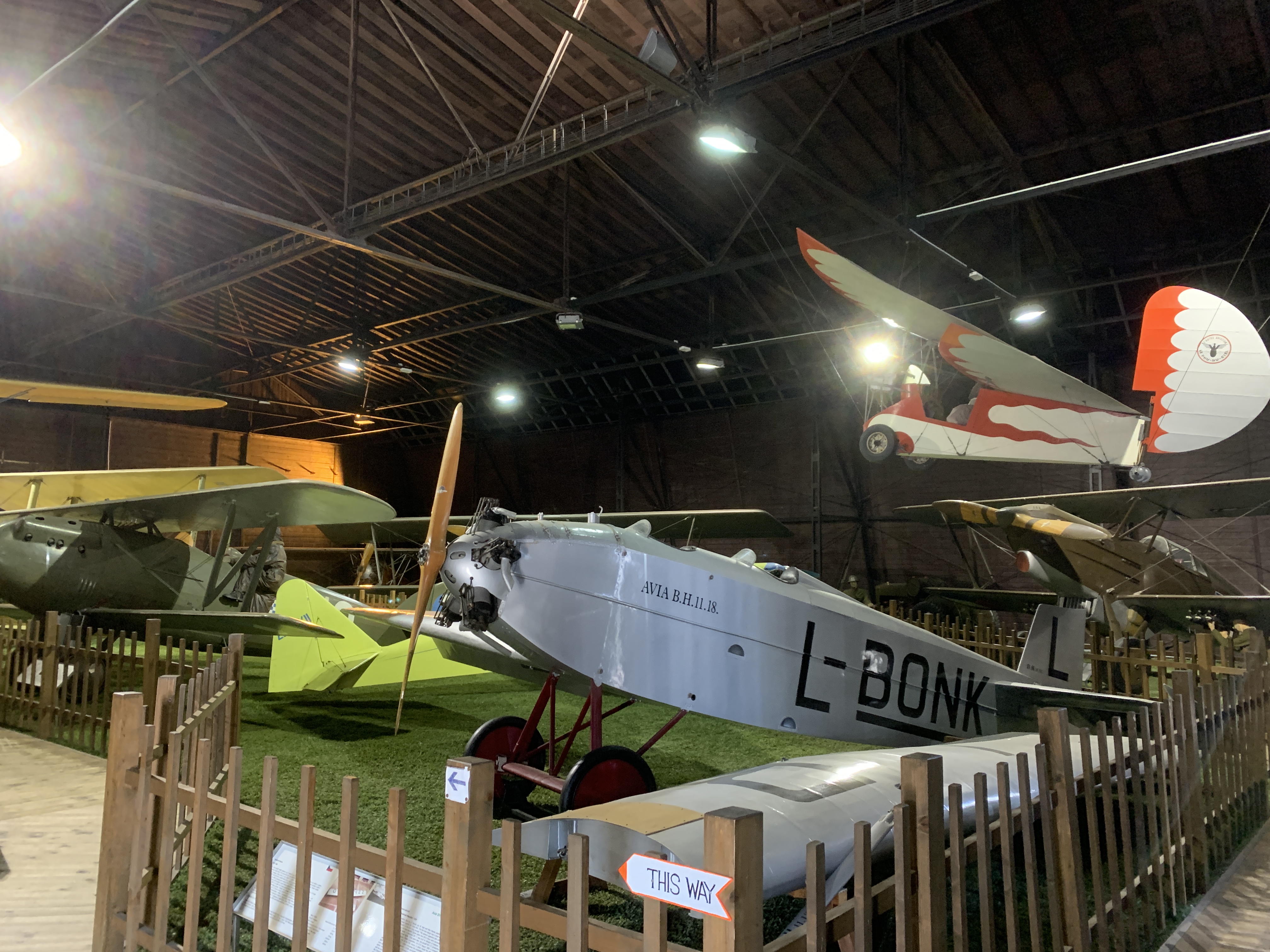
A little further ahead, another small barracks houses rare transitional jet aircraft. This one is the Gloster Meteor, the Allies’ first jet fighter, which flew during the same period as the Me 262. To see them side by side—what a thrill!
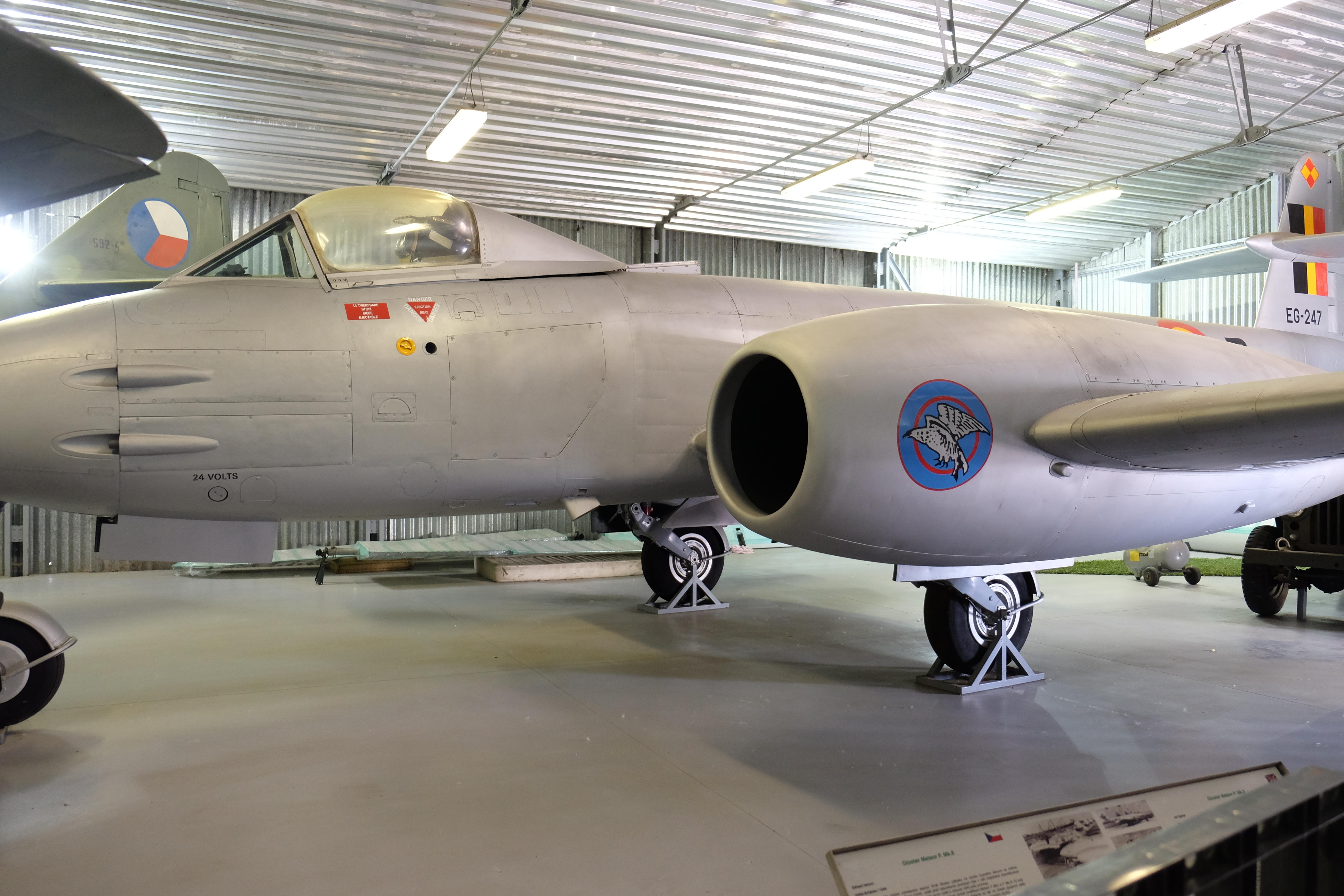
Believe it or not, this might be the only place in the world with two Me 262s—both single-seat and two-seat versions. This single-seat one is actually the Czech variant, the Avia S-92.
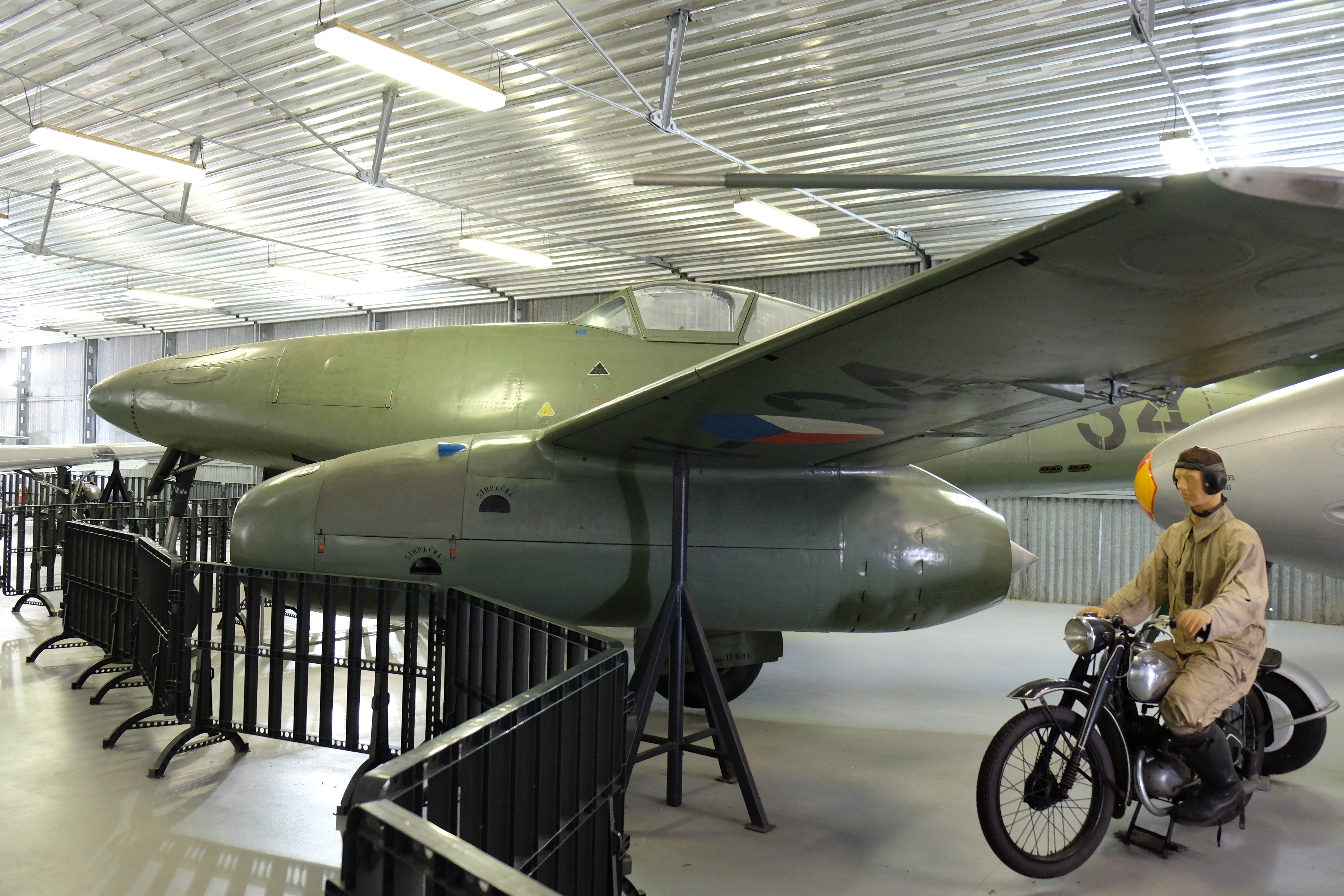
The Yak-17, an early Soviet postwar jet fighter, looks like they just strapped a German Jumo 004 jet engine under the nose of the propeller-driven Yak-3. It actually sold fairly well, but was quickly retired once the high-performance MiG-15 made its debut.
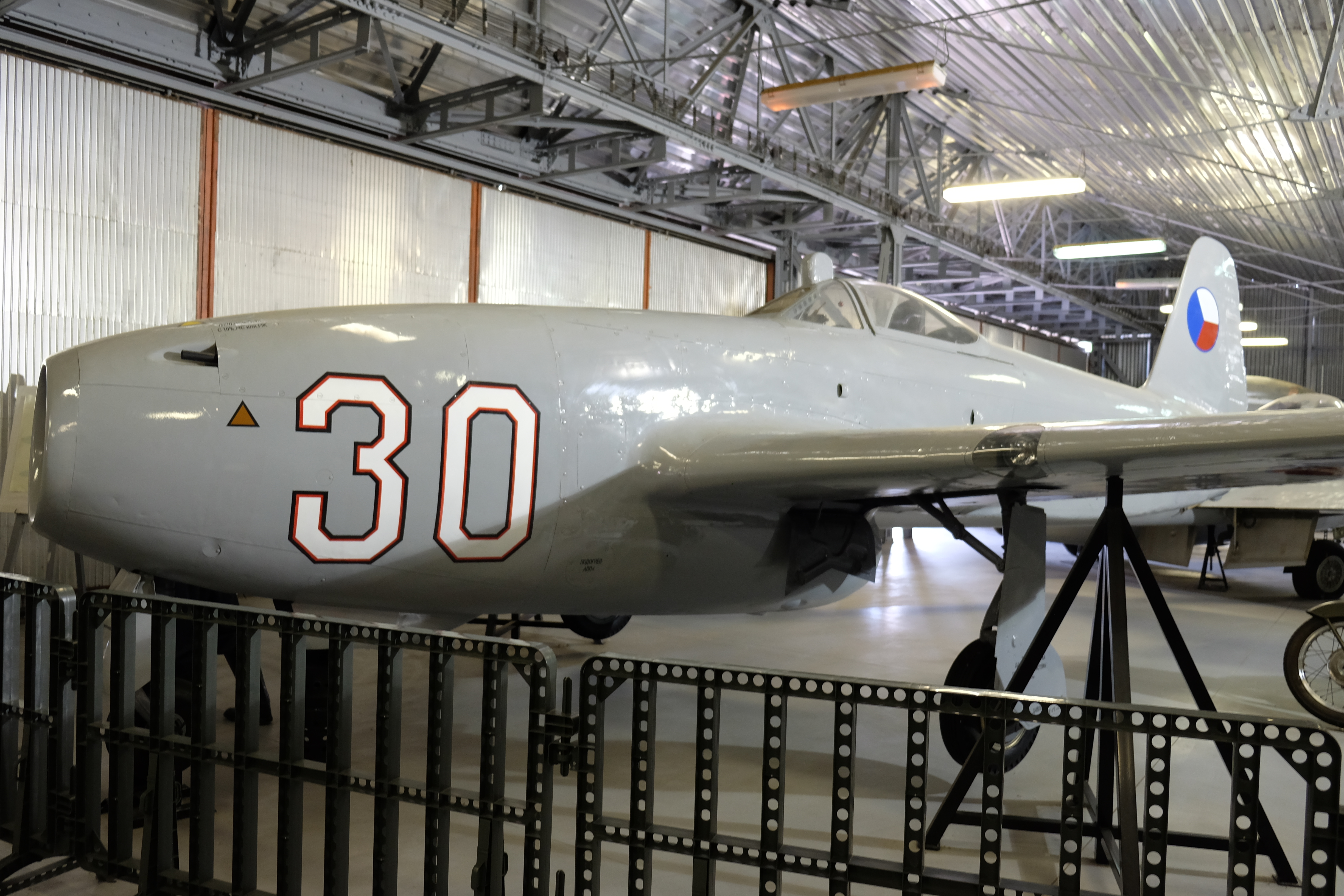
Variants of the MiG-15 and its successor, the MiG-17, are barely sheltered under a simple roof, displayed outdoors. Well, with over ten thousand produced and scattered all across the Eastern Bloc, they’re hardly rare or remarkable anymore.
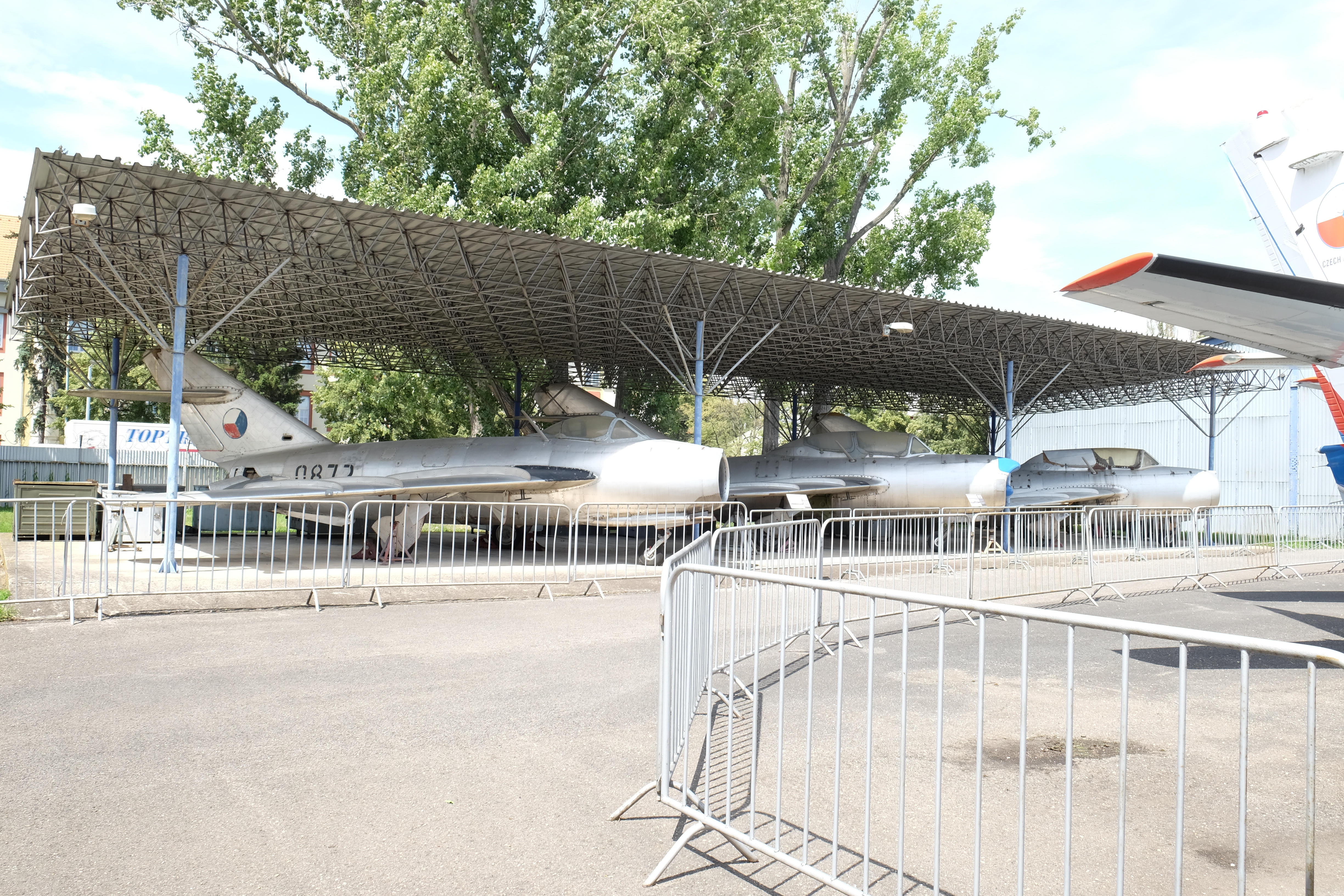
The clean, spacious annex about a kilometer away is like a gymnasium — roomy, bright, and a joy to take photos in. Soviet aircraft line up from the MiG-15bis all the way to the tough-looking Su-25K with its multiple rocket launchers. For some reason, a German V-1 missile is tucked away in the back.
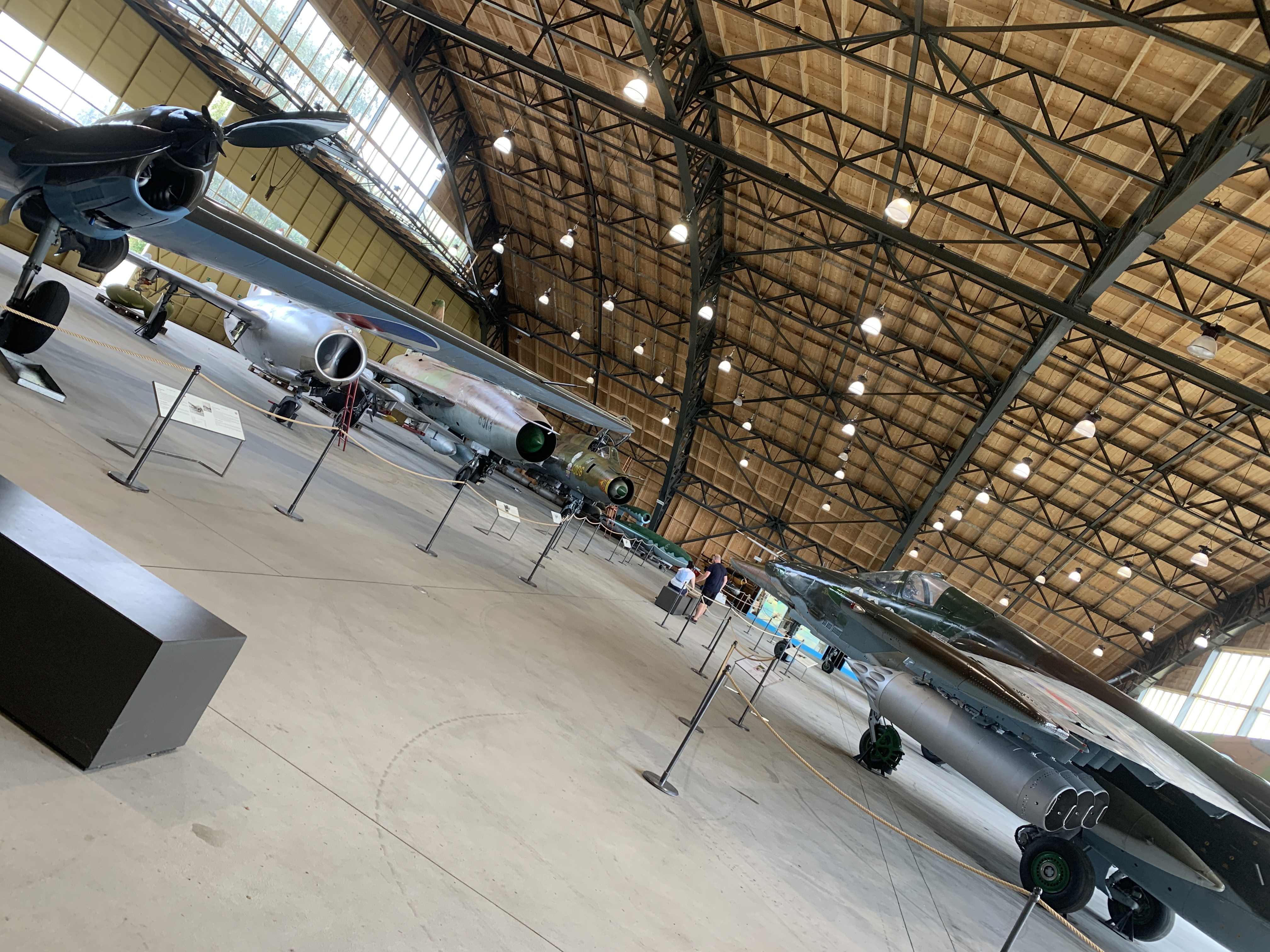
The MiG-23BF Flogger — I think its variable-sweep wings look really cool, but it doesn’t seem to be very popular, does it?
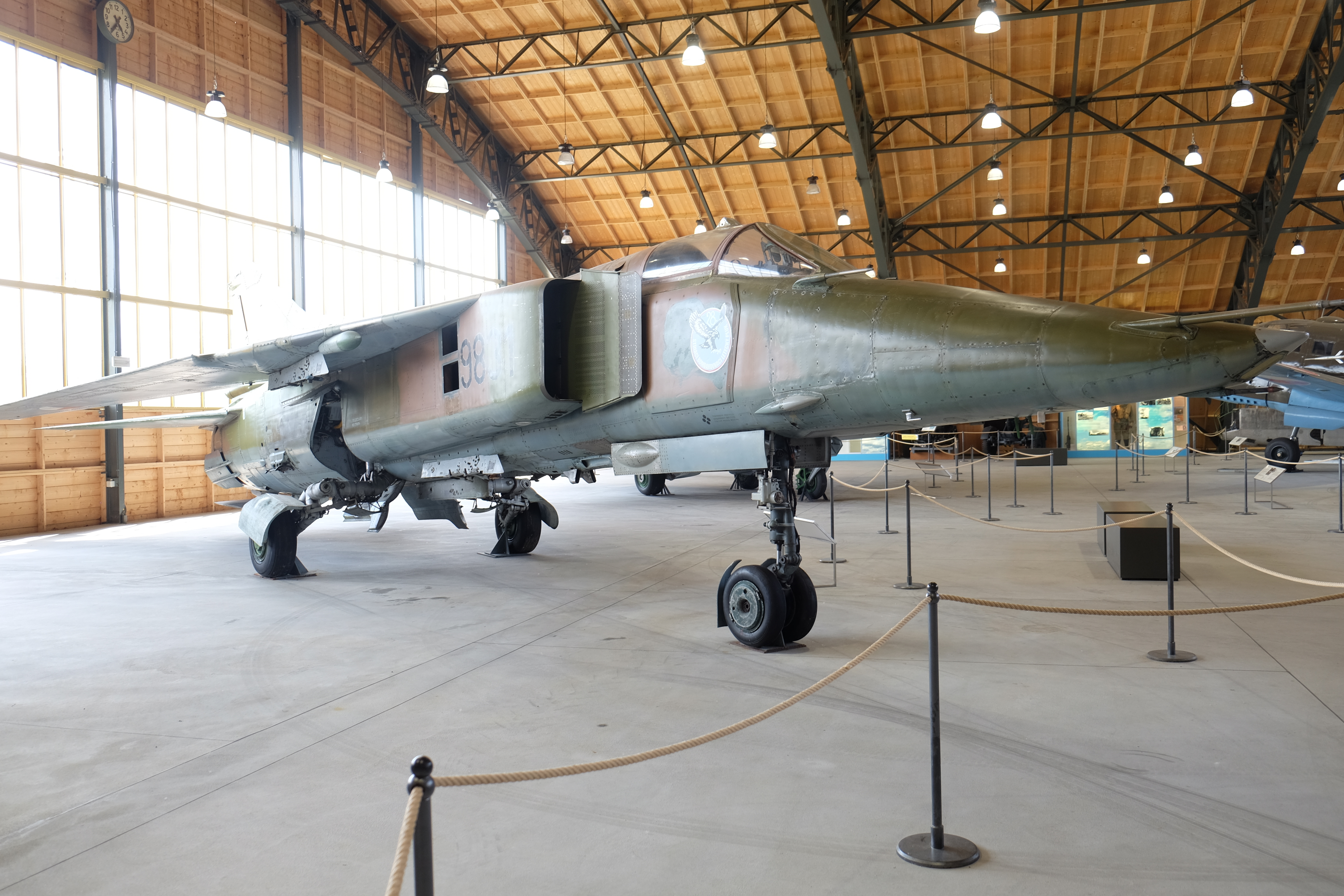
The Aero L-29 Delfín, developed in Czechoslovakia, was the main jet trainer for Warsaw Pact forces during the 1960s. It’s quite impressive, having won the selection over the Soviet Yak-32.
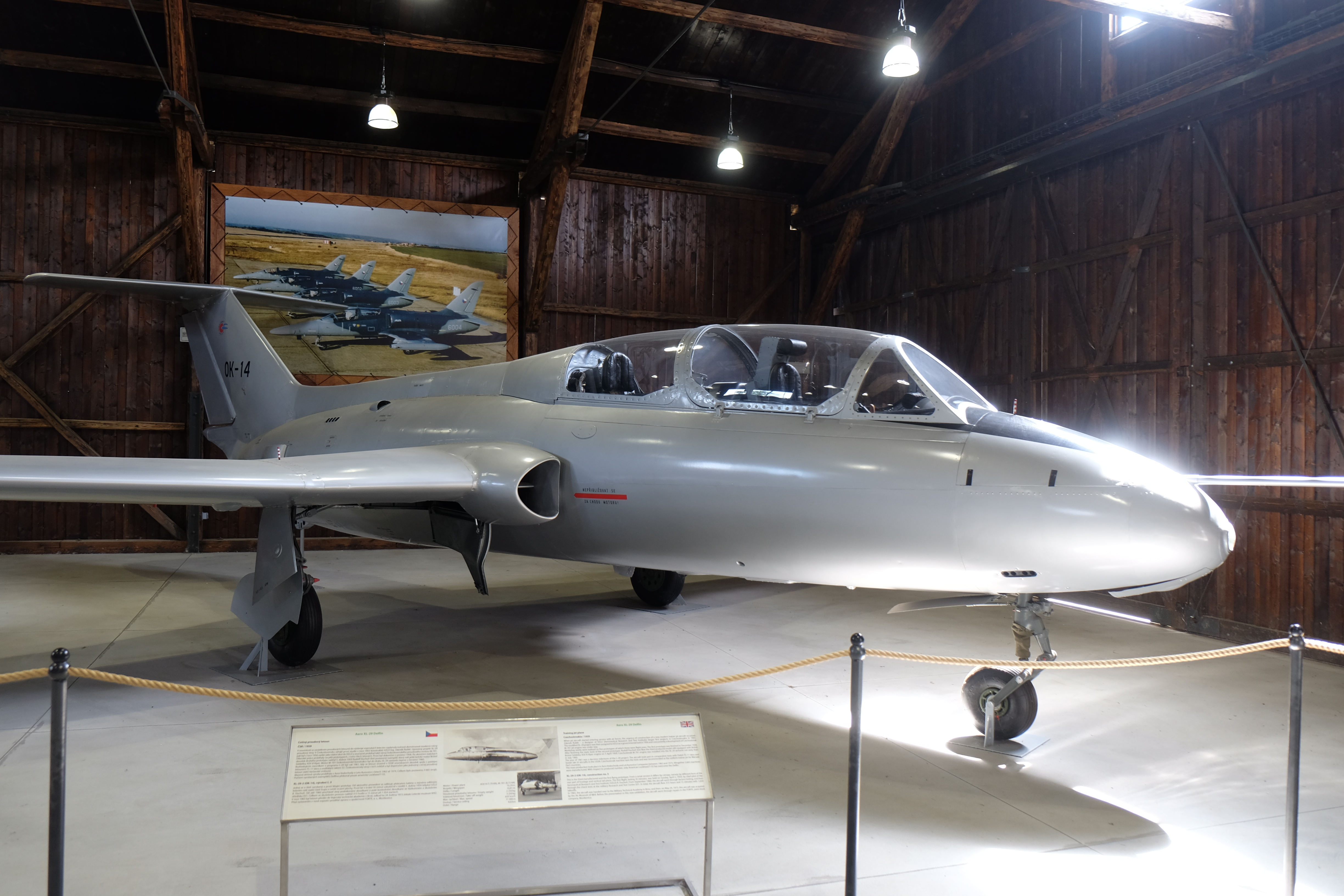
I took a ton of photos, so if you’re interested, please check out the gallery at the link below.
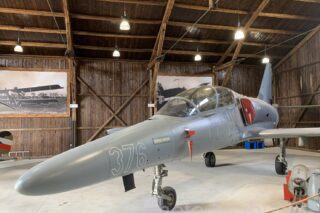

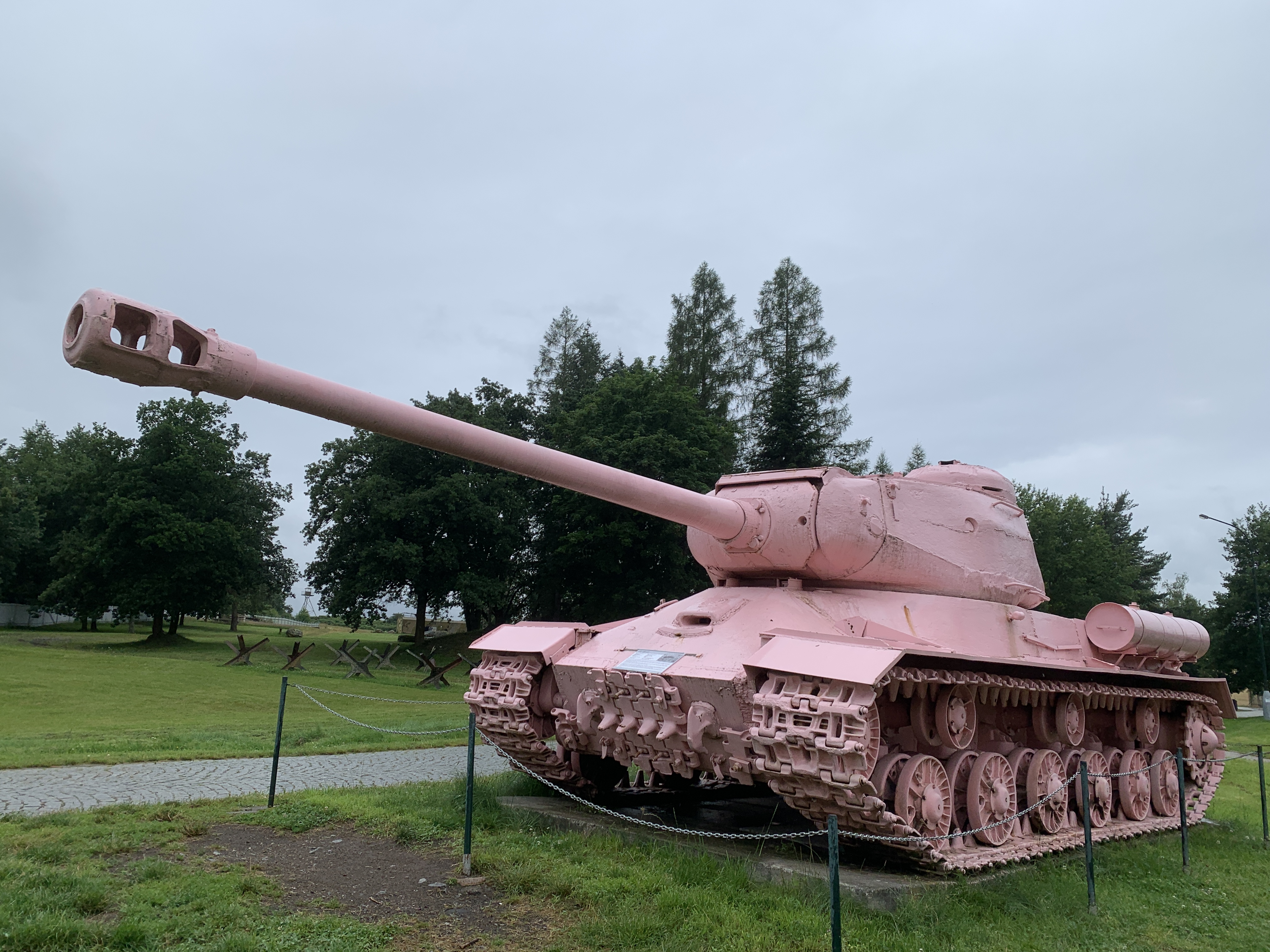
Comment